Tourist Attractions in Argentina

Buenos Aires is a great city, but Argentina is a great country, and it would be a shame if you lived here and didn’t see all that it has to offer. And so without further ado, here are 8 places in Argentina you absolutely must visit.
Iguazú Falls

People come from all over the world to see what is perhaps Argentina’s star natural attraction: the mighty Iguazú Falls. Made up of some 275 individual waterfalls and cascades, the park in which they’re located has an amazingly comprehensive and well-maintained set of catwalks that allow you get right up close and personal with the vast sprays of water.
At the heart of the site is a semicircular waterfall called ‘the Devil’s Throat.’ These falls are 80 meters high and a massive 2,700 meters in diameter, and because of the excellent catwalks, you can stand right over their edge in perfect safety.
Iguazú Falls receive about 1 million visitors a year and have been a UNESCO World Heritage site since 1984.
Awesome. So where are they? The falls are located in the far north of Argentina, right on Argentina’s border with Brazil. The nearest town to the falls, Puerto Iguazú, is a short flight or a very long bus ride from Buenos Aires.
But wait, there’s more. If you have the time, a trip across the border to the Brazilian side of the falls is highly recommended. Why? Well firstly because the falls themselves are so impressive that it’s worth getting a different perspective on them. While you feel the falls better from the Argentine side, where you can literally reach out and touch them, you see the falls better from Brazil, because from there you can see the entire panorama at once.
Another reason to cross the border is to visit the fabulous Bird Park, located right across the road from the entrance to the Brazilian side of the falls. For more information, see here.
If you decide that you want to go to the Brazilian side of the falls keep in mind though that while it’s only a short and inexpensive shuttle ride from Puerto Iguazú, some people need a visa to enter Brazil, and this includes citizens of the United States and of Australia. Getting a one-day-only Brazilian visa in Puerto Iguazú is fast – they can do it overnight – but it will cost you (check the amount online as it’s subject to change).
Perito Moreno Glacier

From one water-based attraction to another! This one is frozen, but still there are some similarities with Iguazú Falls because like the falls, Perito Moreno glacier in Los Glaciares National Park is very well served by an extensive system of catwalks that allow you to get very close to the face of this breathtakingly massive river of ice. Clearly catwalks are something that Argentina does very well!
Perito Moreno glacier is located in Southern Patagonia. It’s a chunk of ice 250 km2 (97 sq mi) in area and 30 km (19 mi) in length. It’s one of 48 glaciers fed by the Southern Patagonian Ice Field in the Andes, which (by the way) holds in its icy grasp the world’s third-largest store of fresh water.
There isn’t a whole lot to do at Perito Moreno glacier except walk around and get different angles on the ice, but it’s such an impressive sight that doing so is actually a fun way to spend half a day or so. If you’re lucky and patient you might see the glacier calving, which is very cool, and there are also short boat trips out into the lake that the glacier flows into if you want to get even closer to it.
Perito Moreno glacier is a short shuttle ride from the city of El Calafate, itself about a three hour flight from Buenos Aires. El Calafate is a nice enough place, on a windswept hillside beside a lake, but it doesn’t really offer much beyond its proximity to Perito Moreno. However from El Calafate it’s possible to get a bus 220 km north to the village of El Chaltén, which you can read more about…right now!
El Chaltén

El Chaltén is one of Argentina’s lesser-known tourism spots. That’s probably because it’s fairly inaccessible – it has no airport, and the fastest way to get there is a slow 3½ hr bus ride on unsealed roads from El Calafate.
El Chaltén was built in 1985 as a way of helping to secure a disputed border with Chile. Today however it’s raison d’être is solely tourism: it’s located at the northern end of Los Glaciares National Park near the mountains Cerro Fitz Roy and Cerro Torre, making it a hotspot for hikers, climbers, mountaineers and anyone who just wants to enjoy the ridiculously amazing scenery.
The most popular thing to do in the El Chaltén area is hike or climb Cerro Fitz Roy, but there are more hiking opportunities than you can shake a stick at, so bring your walking boots (and poles, don’t forget the poles). Some say that the mountains and glaciers here are the equal of those in Torres del Paine national park across the border in Chile, plus they’re more accessible, and having been to both I have to agree.
There are plenty of places to stay in El Chaltén (and more being built all the time), but it can be pricey, so do your homework and book ahead if you’re on a budget.
Oh, one last thing: DO NOT spend time in El Chaltén without devoting at least one night to dinner and a sampling of the in-house beers at La Cerveceria Brew Pub & Resto. Some of the best beer in Argentina and the food is spectacular too!
Mendoza Province

Mendoza = wine. The very dry, very sunny Mendoza region is close to perfect for wine cultivation, particularly as the Río Mendoza (formed in the Andes) provides all the necessary water for irrigation.
Unsurprisingly then, the best thing to do in Mendoza Province is tour the many excellent wineries, some of which are world-famous. Organized bus tours are readily available, but the best way to do it is to hire a private car with a knowledgeable driver and get a personalized itinerary. The region is most famous for its Malbec, but other wines produced in Mendoza Province include Torrontes, Semillon, Syrah and Tempranillo.
So that’s the Mendoza region. What about the city of Mendoza? Argentina’s fourth largest city is a pleasant town with broad, tree-lined avenues and a very nice central plaza. Should you tire of wine, it’s a good base camp for skiing at Los Penitentes, Los Molles and Las Leñas, for rafting on the Río Mendoza, and for hiking or climbing nearby Aconcagua, which is the highest mountain in the Andes and indeed the highest mountain in the world outside Asia.
Bariloche

They do make it easy for you in Argentina: Mendoza is where you go for wine, and San Carlos de Bariloche (much more commonly known as just Bariloche) is where you go for snow. Another Patagonian destination, it’s a beautiful Argentine town with a Swiss-German twist.
First the skiing: Catedral Alta Patagonia is a ski resort located about an hour from Bariloche (you can get a cheap bus there). It has 40 lifts and over 100 km of marked trails for your carving pleasure. Look up and you’ll be rewarded with stunning views and the odd Andean Condor as well. From 15 September until 15 October is generally regarded as the best time to go.
And if you don’t want to ski, or you’re there at another time of the year? Never fear, because Bariloche brings you not only skiing but also mind-blowing Swiss chocolate, rafting, camping, climbing and hiking, with a side order of sailing, swimming and fantastic fishing in the nearby lake.
Also, should you tire of all of that, there’s the famous Road of the Seven Lakes. This is the popular name given to Route 234, the road between San Martín de los Andes and Villa La Angostura in Neuquén Province. It’s a 107 km dirt road that crosses two national parks and brings you beautiful views over several lakes. Hire a car and drive it from end to end or take a tour bus from Bariloche; either way it’s unmissable.
Quebrada de Humahuaca

Places like Iguazú Falls, Perito Moreno glacier, Bariloche and Mendoza are firmly on the tourist radar in Argentina. But here’s somewhere equally fabulous that’s not: the Quebrada de Humahuaca in the far north-west of the country, in the Province of Jujuy.
So what is a ‘quebrada’ anyway? Good question. A quebrada is a ravine, and the Quebrada de Humahuaca is a ravine 150 km long and over two thousand meters above sea level, located not far from Argentina’s border with its northern neighbor, Bolivia. It is spectacular due to its rock formations and its incredible multicolored hills, which truly must be seen to be believed.
The largest city and main jumping-off point for exploring this area is Salta. Salta boasts some good hostels, plenty of tourist and car rental agencies and a nice central plaza, but it’s not a place you should plan to stay for more than a couple of nights. The real gems are the small towns located near Salta (such as Tilcara, Cachi, Cafayate and Humahuaca) and the landscapes in and around them. They’re best explored by car, but if you don’t have a car and don’t want to hire one, stay in Cafayate and do a tour of the nearby viewpoints from there.
The one absolutely unmissable sight in the area is the Cerro de los Siete Colores (Hill of the Seven Colors) which provides a backdrop of amazing beauty for the little village of Purmamarca. The seven colors are: light orange (composed of red clay, mud and sand); white (lime rock); brown, purple and violet (lead and calcium); red (clay and iron); green (copper oxide); brown (rock and manganese), and yellow (sulfur).
Puerto Madryn

Puerto Madryn is yet another tourism destination in Argentine Patagonia. Its three draw cards are: watching Southern Right Whale in the Gulfo Nuevo (best in September and October); trips 180 km south to see the Magellanic penguin colony in the Punta Tombo Natural Protected Area, and excursions onto Península Valdés, a wildlife sanctuary for birds and marine species.
Puerto Madryn was originally settled by Welsh colonists, and the area retains some links with Wales. This is best seen in Gaiman, the nearby ‘Welsh town’ which conserves the architecture, traditions and (somewhat bizarrely) language of the Welsh settlers. The main thing to do there is to visit a tea house for a famous ‘Welsh Tea’ (tea + scones, cakes etc.).
Puerto Madryn is located either a short flight or an ass-crippling, mind-numbing 17 hr bus ride from Buenos Aires.
El Bolsón

El Bolsón is a very likeable town of about 15,000 people that’s located about 2 hrs south of Bariloche. It’s surrounded by snowcapped mountains and, like Bariloche, offers plenty of outdoors activities, such as fishing, trekking, rafting, climbing and skiing.
So: mountains and outdoor activities. Are they why you should visit El Bolsón? No! The real reason to visit El Bolsón is that it’s Argentina’s hippy HQ! It is staunchly non-nuclear (unlike Bariloche, which has an atomic energy center) and is currently fighting the establishment of a gold mine that has been proposed for a nearby site. Then there are the drum circles, naked children frolicking in the grass, organic jams and preserves, folk music, incense (hmm or is that marijuana?) and lots of local produce like cheese, smoked trout, ice cream and chocolate.
Best of all is the outdoor artisanal fair held in El Bolsón’s central plaza not once, not twice, but three times per week (on Tuesdays, Thursdays and Saturdays). It’s the most famous artisanal fair in the entire country and a great place to buy local handicrafts and locally produced food.
Argentina is a large country in South America famous for its tango, the pampas and beef consumption. Less well known is the fact that the highest peak in the Americas, Aconcagua, lies on its western border and that the southernmost city in the world, Ushuaia, is located on its lower shore.
Perhaps the most obvious reason to visit Argentina is Buenos Aires, one of the most fascinating of all Latin American capitals. It’s an immensely enjoyable place just to wander about, watch soccer, go shopping or simply soaking up the unique atmosphere. Outside the capital, the vastness of the land and the varied wildlife inhabiting it are the real tourist attractions in Argentina.
10Ibera Wetlands
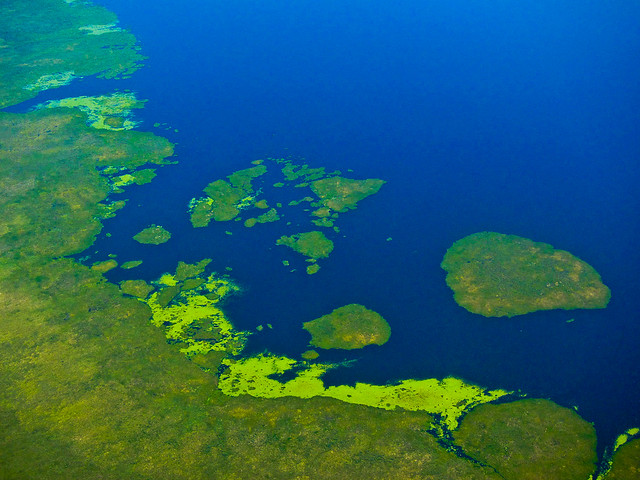 flickr/monojussi
flickr/monojussi
9Ushuaia
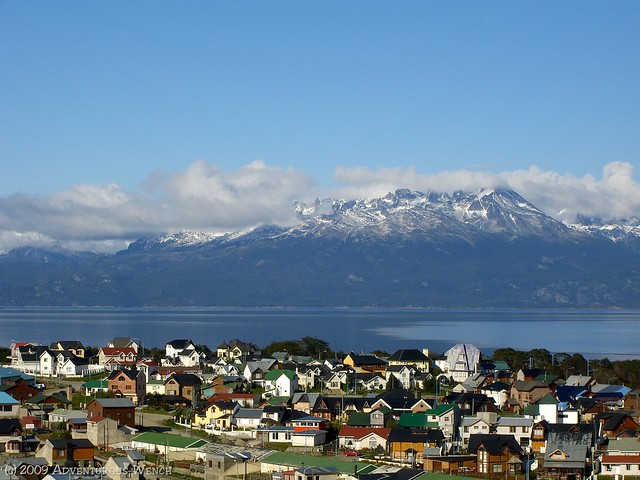 flickr/Adventurous Wench
flickr/Adventurous Wench
8Mendoza Wine Regions
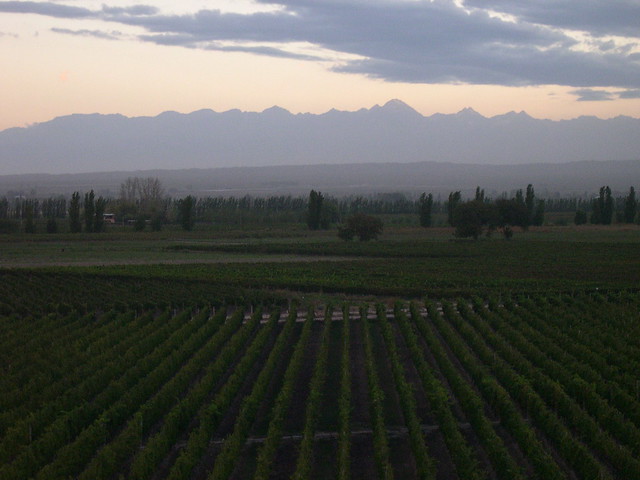 flickr/Dr Vino
flickr/Dr Vino
7Monte Fitz Roy
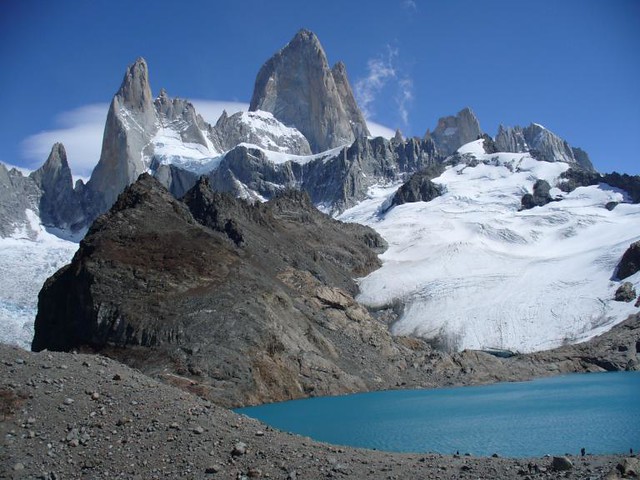 flickr/betoscopio
flickr/betoscopio
6Beagle Channel
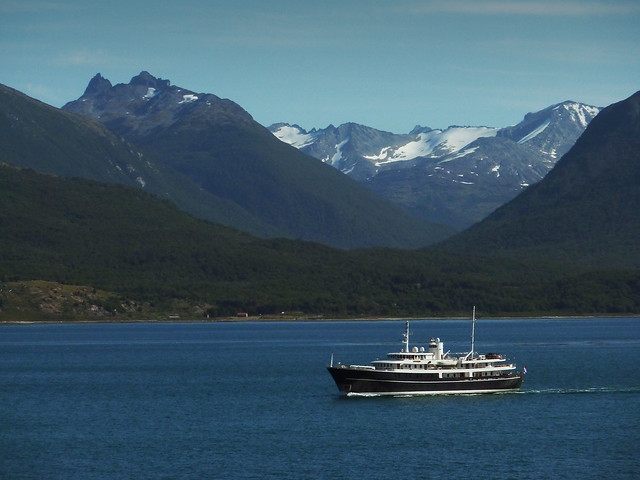 flickr/RAYANDBEE
flickr/RAYANDBEE
5Valdes Peninsula
 flickr/gkamin
flickr/gkamin
4La Boca
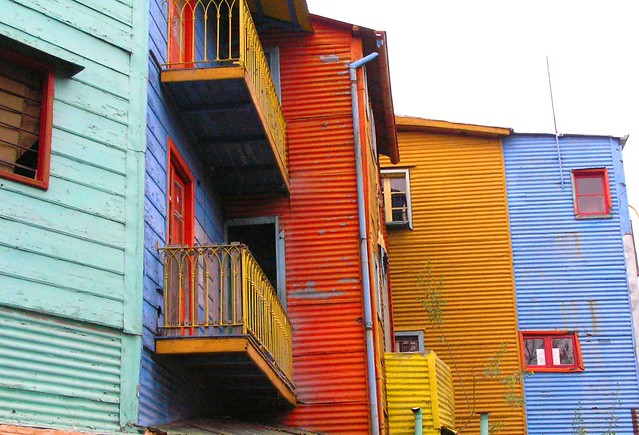 flickr/Pipistrula
flickr/Pipistrula
3Bariloche
 wikipedia/Wikipedia
wikipedia/Wikipedia
2Perito Moreno Glacier
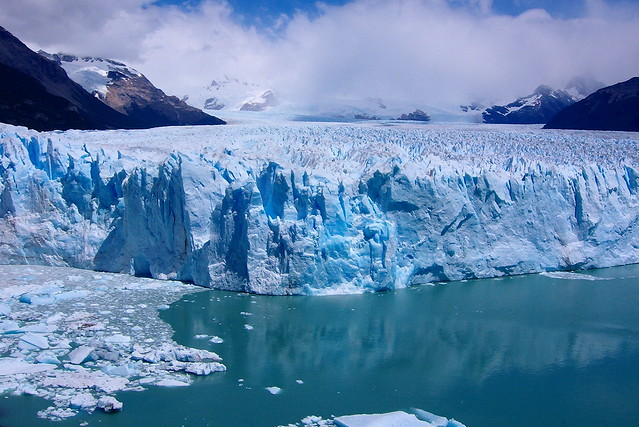 flickr/Feffef
flickr/Feffef
1Iguazu Falls
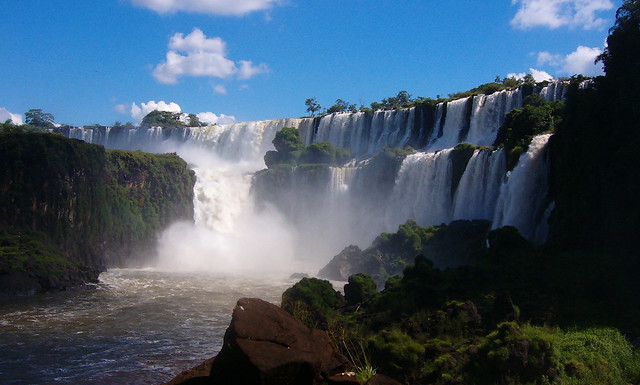 flickr/Feffef
flickr/Feffef
No comments:
Post a Comment